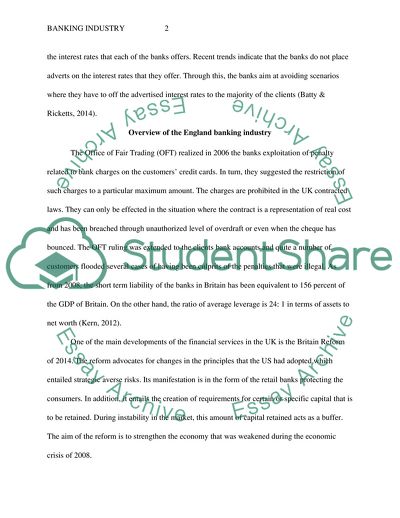Cite this document
(Overview of the England Banking Industry Case Study, n.d.)
Overview of the England Banking Industry Case Study. https://studentshare.org/macro-microeconomics/1876893-banking-industry
Overview of the England Banking Industry Case Study. https://studentshare.org/macro-microeconomics/1876893-banking-industry
(Overview of the England Banking Industry Case Study)
Overview of the England Banking Industry Case Study. https://studentshare.org/macro-microeconomics/1876893-banking-industry.
Overview of the England Banking Industry Case Study. https://studentshare.org/macro-microeconomics/1876893-banking-industry.
“Overview of the England Banking Industry Case Study”. https://studentshare.org/macro-microeconomics/1876893-banking-industry.


